Las Casas Filipinas De Acuzar: A Place Filled With History and Story to Learn.
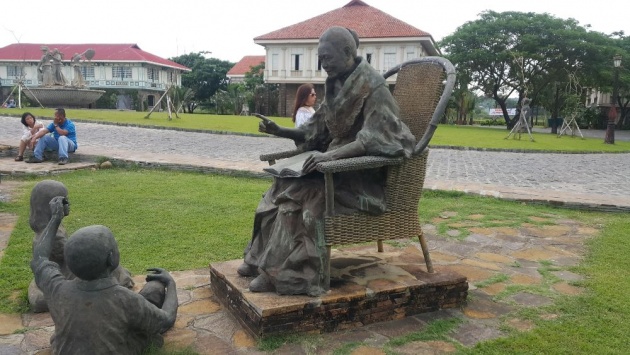
*Image is credited to Rain Tajon
“Pride in the past, hope for the future”—this is the slogan of Las Casas Filipinas de Acuzar, and the place indeed speaks for it.
In December of 2016, I and my colleagues have made our first visit to “Las Casas Filipinas de Acuzar”, an open-air museum and heritage collection of houses in Bagac, Bataan, Philippines. I have even written about it and since it was one of my first rated blogs, it came out poor which is just normal for a first-timer. Anyways, I am here again writing more about the place, hoping to give more justice of the fun we had when we were there and also we are thinking of going back there for our first visit felt short that time since we have to go to another historical site in Bataan which is the Mt. Samat, and this year, we wanted to go back to the place again with the idea of staying there for the whole day and enjoy the place.
*Video is credited to pambansangdatcom via youtube.com
Is the place really beautiful? Is your money worth for just walking around and looking at the old houses? My answer is a big YES! Knowing that the place is quite far, revisiting the place is a plan for us to do this year.
But what really has to be seen in Las Casas Filipinas de Acuzar? More than the Casas or the houses, there are so many things to do and know, your eyes maybe awed and wowed, but another thing to be wowed is how rich Philippine history is. With each casa, lies a deep story that has something to do with our history.
Before I get to tell you about the Casas, let me share bits of things about Las Casas Filipinas de Acuzar.
Things about Las Casas Filipinas de Acuzar.
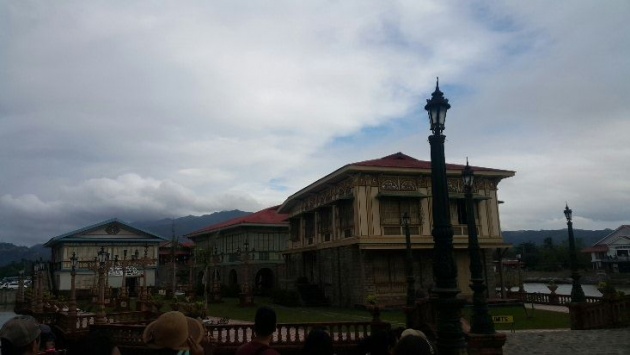
*Image is credited to Rain Tajon
1. José "Gerry" Acuzar, the owner of New San Jose Builders, started to rebuild Spanish colonial-era mansions in Bagac in 2003 and in 2010; the heritage park was opened to the public.
2. The open-air museum is spread over 400 hectares, the park features a collection of 27 Spanish colonial-era buildings, with the entire site made to resemble a period settlement.
3. The houses were chosen based on their historical, cultural and architectural value.
4. The houses were often of the “Bahay na Bato” (stone houses) type, which has stone foundations on the first floor and made of wood on the second floor. These houses were carefully dismantled, transplanted from around the Philippines.
5. The original locations of the structures were in Manila (Tondo, Binondo, and Quiapo), Quezon City, Bulacan, Pampanga, La Union, the Ilocandia and Cagayan.
6. Each house was dismantled in situ brick by brick, numbered, transported to the Bagac site, where they were reassembled and restored and if ever there are parts that are missing, woodwork and bricks were replicated to resemble the original structure.
7. The Ciudad or the place employs a workforce of 130 people, including 10 wood sculptors, three metal sculptors, 30 craftsmen who design ceilings, and construction workers.
8. Las Casas Filipinas is by the sea, along Umagol river, in Barangay Pag-Asa, Bagac, Bataan in Central Luzon, Philippines.
Now, let us go to the few of the Casas or the houses.
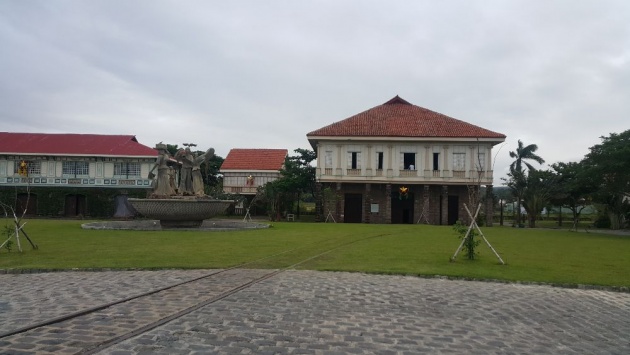
*Image is credited to Rain Tajon
Some Casas in Las Casas Filipinas de Acuzar that is filled with history and story.
There are more than ten casas or houses that we went to at that time. These Casas are open to being visited as our guide had told us, but some are not since they are being booked by guests, yes some are being rented privately and renting one would bring me a heart attack for now unless I am earning ten times of what I have at the moment, lol. Anyways, I must say too that it is worth it since the place is lovely and the staffs are warm and the tranquility of the place is unquestionable, best for staycation (staying vacation). And now, let me enumerate some of the Casas their stories.
1. Casa Lubao
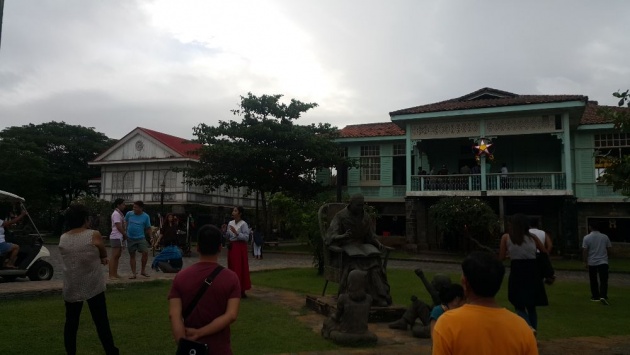
*Image is credited to Rain Tajon
This house was owned by Arastia/Vitug Family. This is an ancestral house of the Arastia family’s maternal great-grandparents that was built in the early 1900s.
Originally, the house was said to be sitting directly in front of the Lubao Municipal hall in Lubao, Pampanga in Central Luzon. And today, this Casa is where local games are being played and be enjoyed as much as you are inside the place.
2. Casa Luna
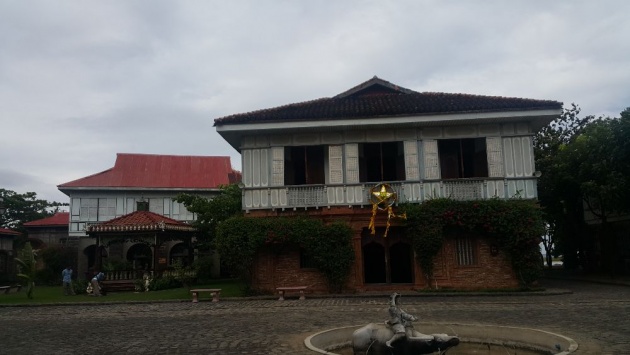
*Image is credited to Rain Tajon
Casa Luna is also known as the Novicio/Santoromana House and it is originally located in Luna, La Union in Northern Philippines and was built in 1850 and reconstructed in 2007.
This house was once a rendezvous of important gathering and meeting during the liberation period on the latter part of Japanese occupation in 1942.
3. Casa Meycauayan.
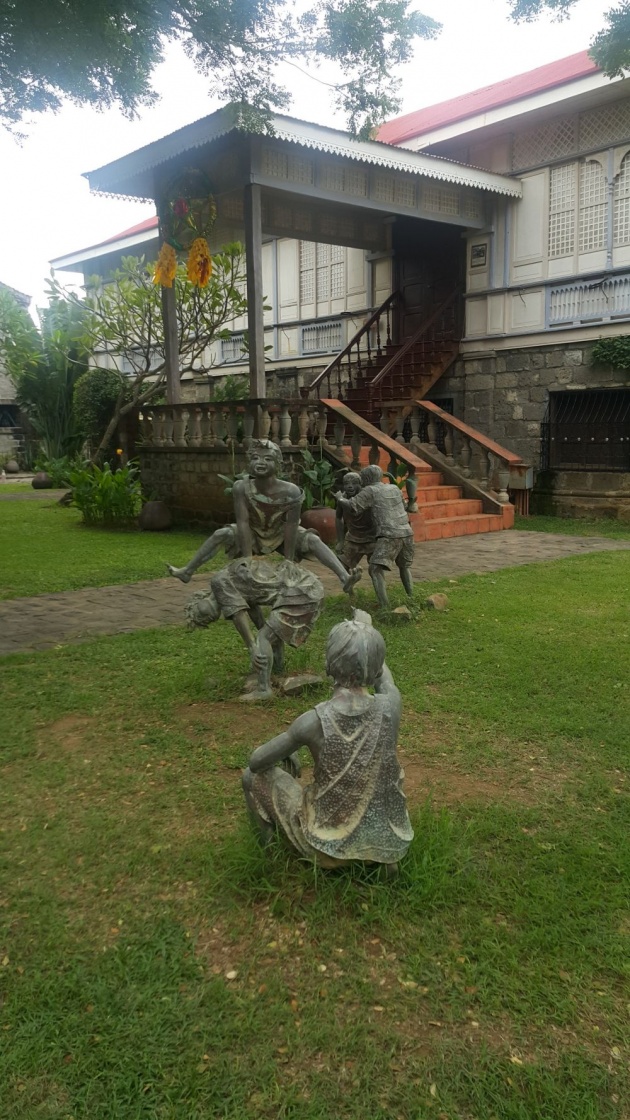
*image is credited to Rain Tajon
The owner of the house was Escota/Manuel Urrutia and it was originally located in San Fernando, Pampanga then reconstructed in Meycauayan, Bulacan in Central Province. It was constructed in 1913 and reconstructed in 2005.
4. Casa Bizantina
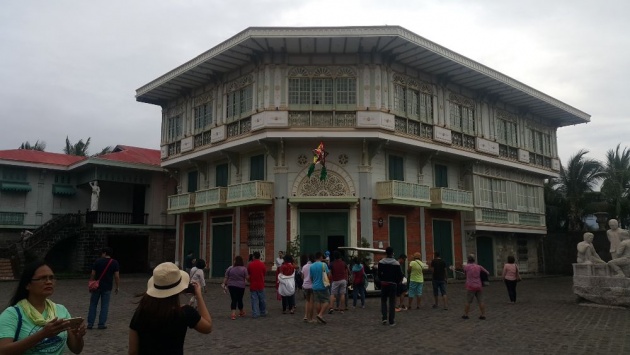
*image is credited to Rain Tajon
This stone house was originally located in San Nicolas, Binondo, Manila and it was built in 1890.
The house was a school from 1914-1919 as it was leased by the Instituto de Manila and the school expanded and has to move then became the University of Manila. The Casa once housed 50 squatter families until 2009.
5. Casa Hagonoy.
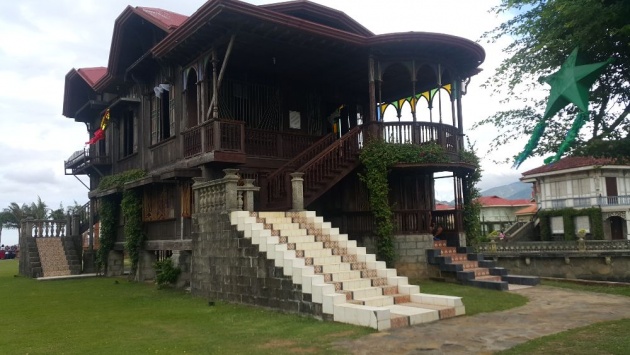
*image is credited to Rain Tajon
Casa Hagonoy from a prominent couple in Bulacan where the husband built such an elaborate house to fulfill his wife’s dream but they ended up poor because of it.
This house gave me a lesson to learn base on the couple’s story.
Personal Thoughts.
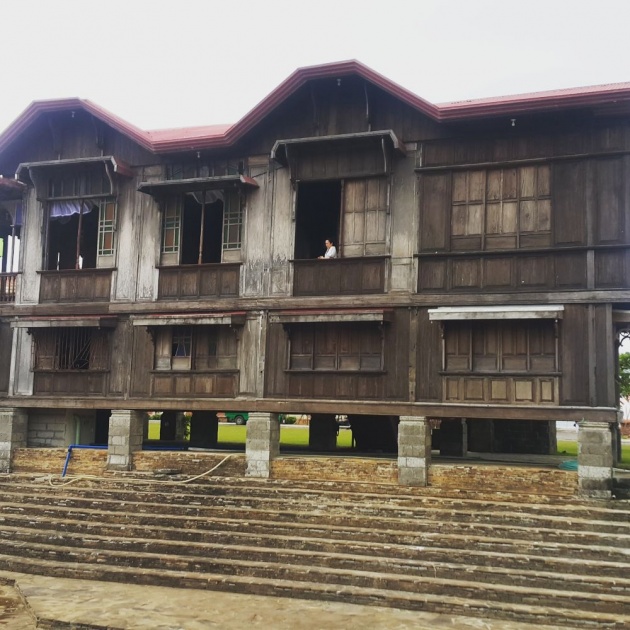
*image is credited to Rain Tajon
I just mentioned five casas or houses but there are more and more are being built when we were there. We might have spent less than a thousand, Php999.00 to be exact or roughly $20 with the current rate, I must say that it is worth it.
Less than two years after our visit, the heritage tour has increased but that didn’t stop us from making plans, hoping by October to go back there and this time, have the whole day spent and having fun at the same time. And looking back from our first visit, there are more to discover in the said place and I must say, every Filipino must check it for themselves to experience.
**************
Thank you so much for reading! Here is a Querlo chat for you...



